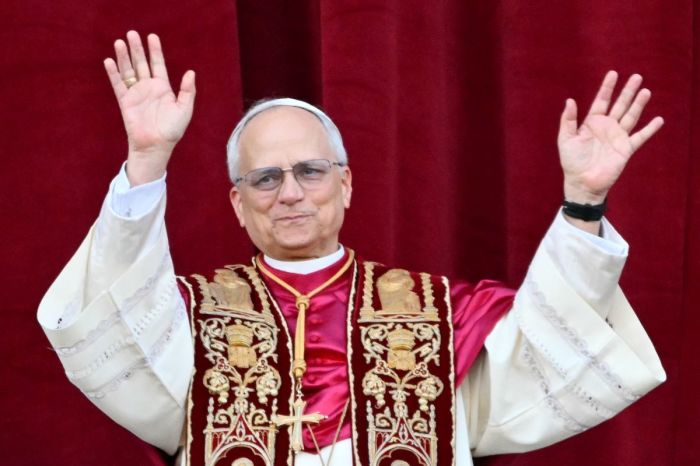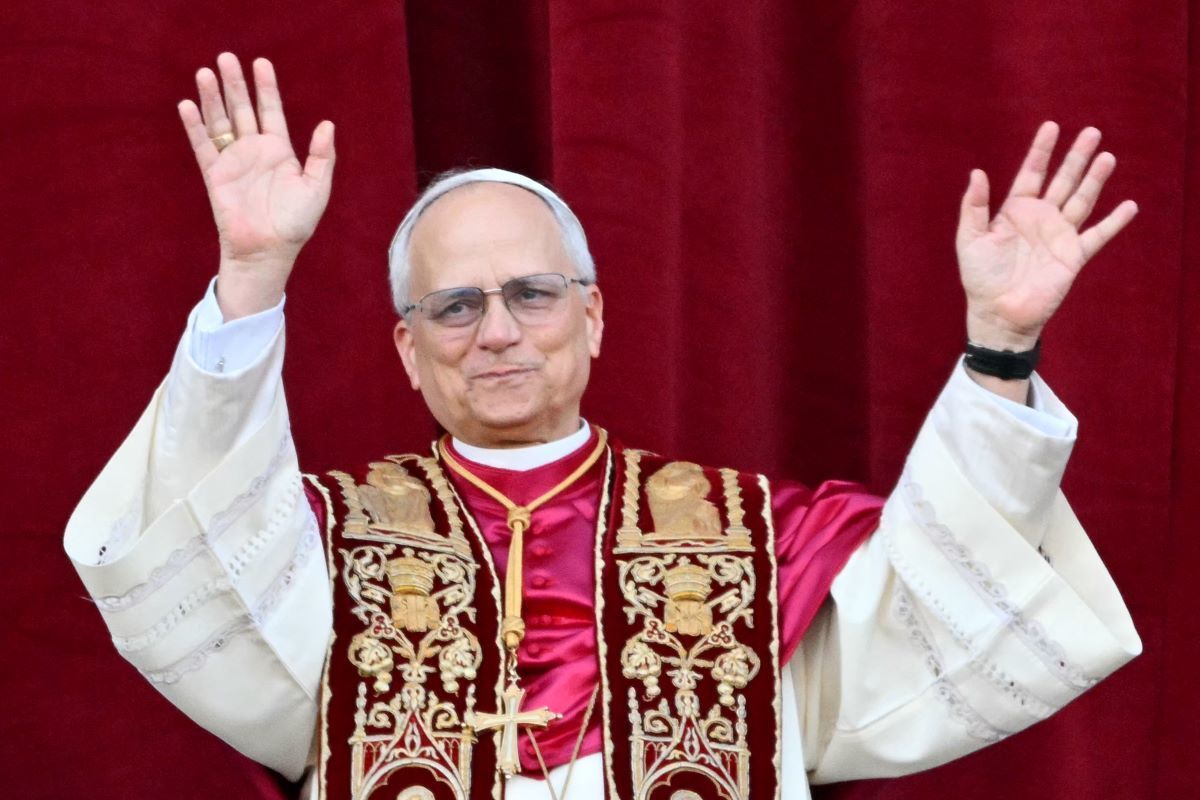
With the election of a new pope, some have reexamined an alleged prophecy by a 12th century Irish saint who predicted the number of popes before the end of the world.
Saint Malachy of Armagh, a Roman Catholic bishop who died in 1148, reportedly had a vision while on a pilgrimage to Rome, where he claimed to have learned the exact number of popes who would reign from his time until Judgment Day.
Interest in the purported prophecy was high in 2013 with the resignation of Pope Benedict XVI, as the prophecy indicated that the pontiff after him — which turned out to be Pope Francis — would be the final pope in history.
With the election of Pope Leo XIV, however, the prophecy might have been debunked. Or perchance, the prophecy was never valid to begin with.
Jonah McKeown, staff reporter for Catholic News Agency and an expert on the St. Malachy prophecy, told The Christian Post that while the saint was a documented historical figure, his prophecy has a more questionable authenticity.
McKeown noted that the “alleged prophecy” was “not an approved private revelation in the Catholic Church.” And while “supposedly written in the 1100s” was not discovered until the 1590s, “nearly 450 years after St. Malachy’s death.”
“It has been proposed by historians that the document was forged for contemporary (meaning 16th century) political purposes,” he explained.
“Part of the evidence that the document was written in the late 16th century and not the 1100s is that the mottoes assigned to the popes elected after 1590 are much harder to connect with the popes they allegedly represent, and often can be connected only in a contrived way. In contrast, most of the prior mottoes are easy to connect to pre-1590 popes.”
Commonly known as the “Prophecy of the Popes,” the alleged St. Malachy prophecy listed 110 popes that would reign until the End Times, with an 111th entry possibly added by an unknown party later on.
Each purported future pope was identified by a symbolic name, believed to allude to the figure’s actual name, birthplace, family, coat of arms, or some other form of identification.
After them, an individual called “Petrus Romanus,” or “Peter the Roman,” was identified as the final pope. According to the prophecy, “In the final persecution of the Holy Roman Church there will reign Peter the Roman, who will feed his flock amid many tribulations, after which the seven-hilled city will be destroyed and the dreadful Judge will judge the people. The End.”
Regarding whether the election of Pope Leo XIV debunks the prophecy, McKeown told CP that it was “hard to say whether it definitively proves the prophecy one way or another, especially since it’s hard to prove a negative.”
McKeown noted that supporters “might try to keep the prophecy alive by arguing that even though the prophecy designates ‘Peter the Roman’ as the last pope, the prophecy does not say that no popes will intervene between him and his predecessor.”
“The prophecy merely says that Peter the Roman, whenever he shows up, will be the last pope,” he said. “But many people will doubtless see Pope Leo’s election (which was over and above several candidates named Peter) as evidence that the prophecy was never true and is perhaps akin to the Y2K situation, or the end of the Mayan calendar falling on 2012.”
Regarding whether this whole furor might endanger Malachy’s status as a canonized saint, McKeown told CP that, technically, a saint cannot be “uncanonized” by the Catholic Church.
“The canonization process is a recognition that the man or woman is with God in Heaven and therefore worthy of veneration by the faithful. The [Catholic] Church has no power to remove a saint from Heaven,” he added.
“However, a saint can be removed from the liturgical calendar, meaning they are no longer celebrated on a certain day of the year (usually their feast day, i.e., the day they died) throughout the universal Church.”
McKeown also noted that he was “not personally familiar with any popular effort to get St. Malachy removed from the liturgical calendar.”
“We can hardly penalize a saint who may well have had nothing to do with the alleged prophecies that carry his name,” McKeown added.








